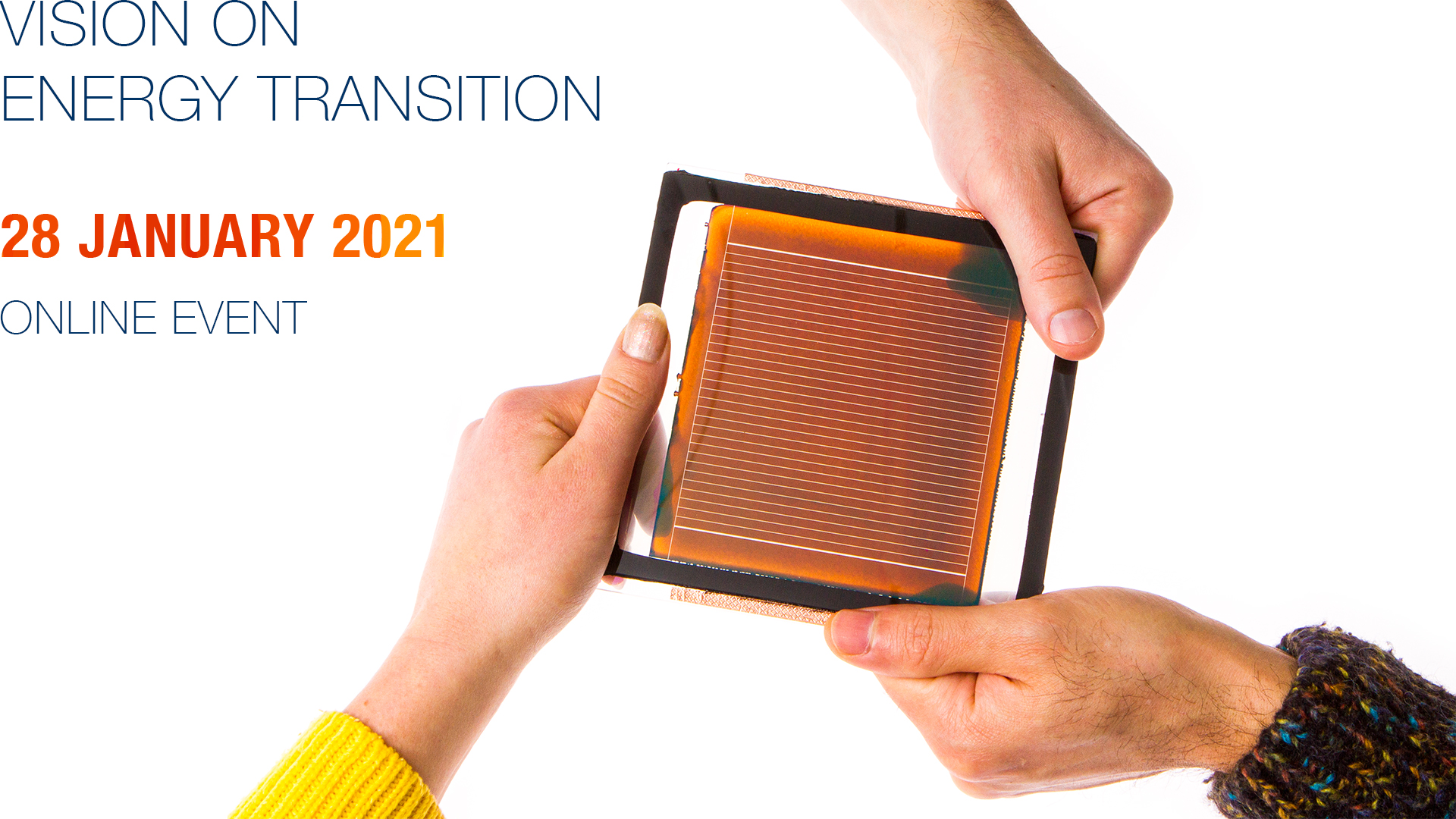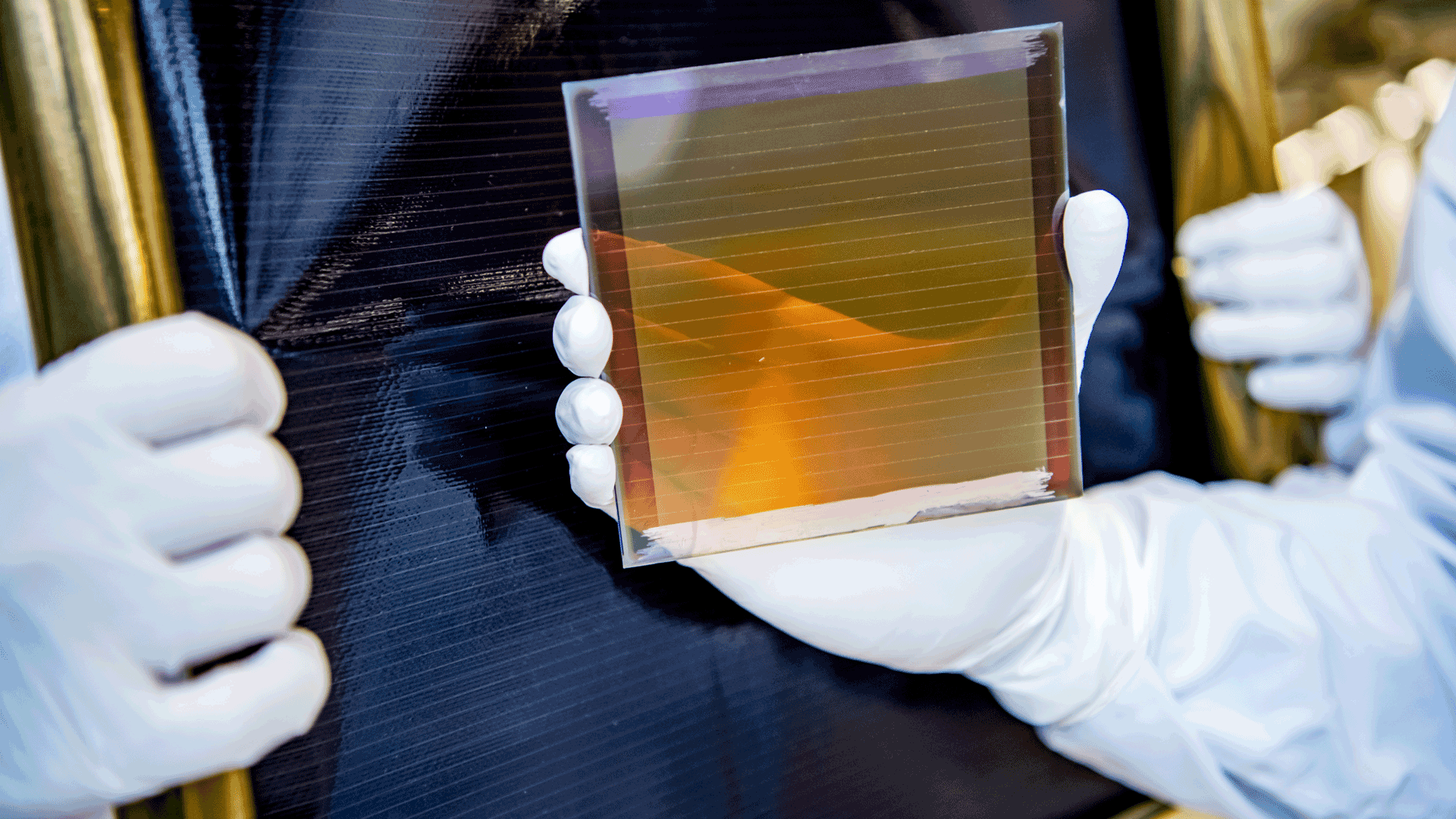08 Feb Advanced interconnection technologies
In this webinar we discuss advanced interconnection technologies as developed at Solliance partners TNO and Forschungszentrum Jülich. Interconnection technology is needed to create a working solar module from a stack of thin-film photovoltaic layers. Together with researchers Veronique Gevaerts and Stefan Haas we take a...













